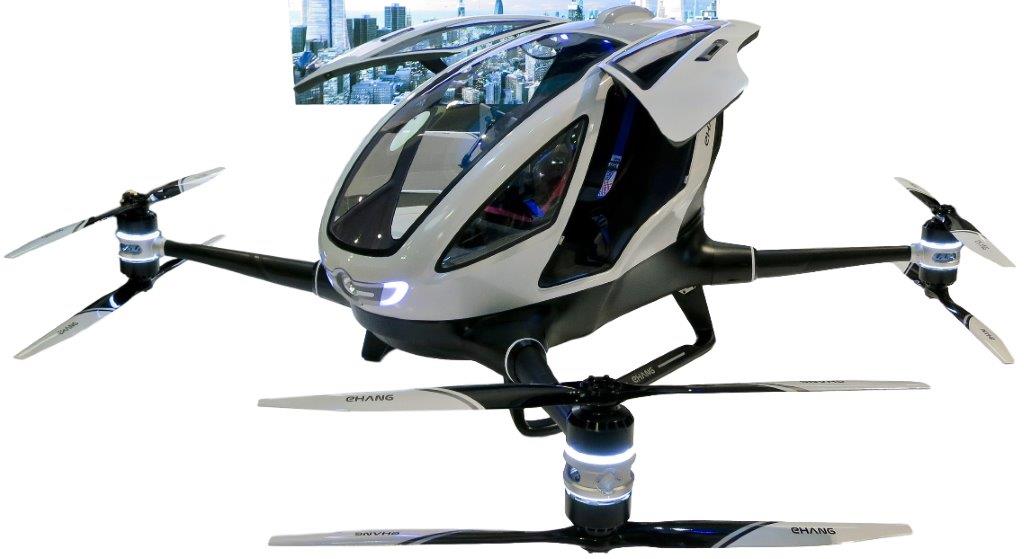
The European Aviation Safety Agency (EASA) this week opened public consultation on proposed airworthiness standards for certification of small vertical take-off and landing (VTOL) aircraft.
EASA says this is the first step in a regulatory framework to enable safe operation of air taxi and electric VTOL (eVTOL) aircraft in Europe.
EASA says ‘certification objectives will therefore depend on the type of operation, providing flexibility and proportionally’.
The new standards will apply to person-carrying VTOL aircraft. In its initial version, the requirement will be limited to aircraft with five or fewer passenger seats and a maximum certified take-off mass of 2000 kg or less.
The proposed certification document notes, ‘The unique features of a VTOL aircraft that significantly differentiate them from traditional rotorcraft or aeroplanes and therefore necessitate this dedicated special condition include the fact that:
- Distributed lift/thrust units are used to generate powered lift and control.
- Although hover flight may be possible, the aircraft may not be able to perform an autorotation or a controlled glide in the event of a loss of lift/thrust.’
Areas for certification include mass and centre of gravity, flight envelopes, occupant protection, controllability, structural strength and durability. The document proposes a requirement for flight data and voice recorders. It discusses flotation characteristics, resistance to bird strike, and protection from lightning and high-intensity radiated fields.
EASA says it is ‘engaging with its international partners in order to work together towards achieving common standards’.
The proposal is open for comments until 15 November.

